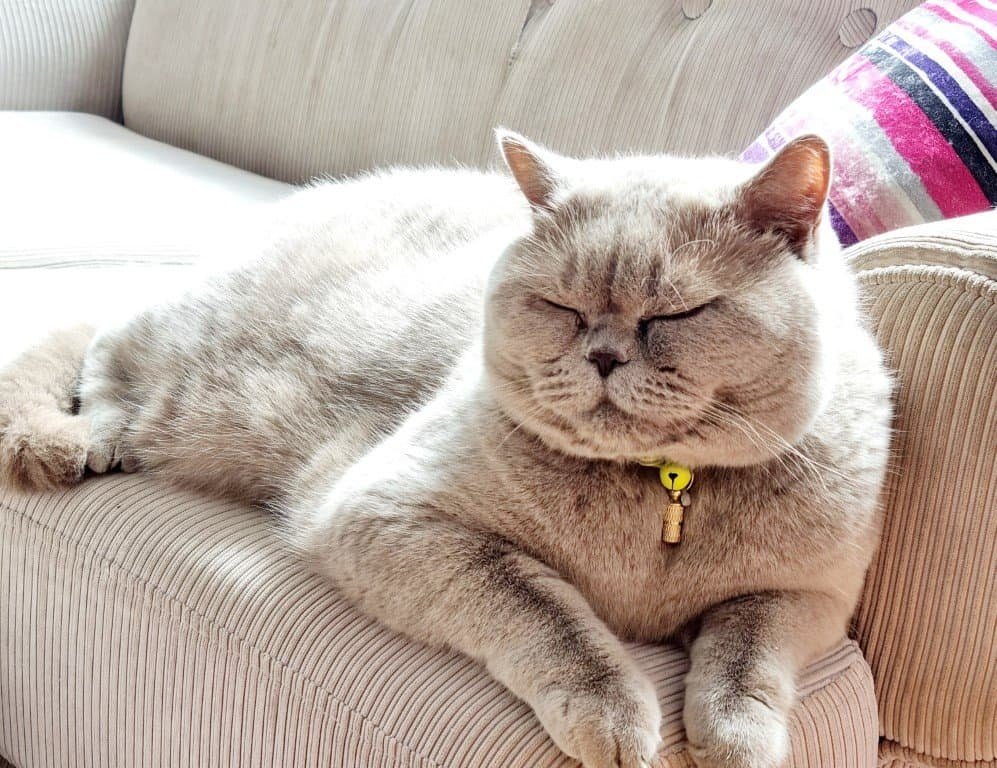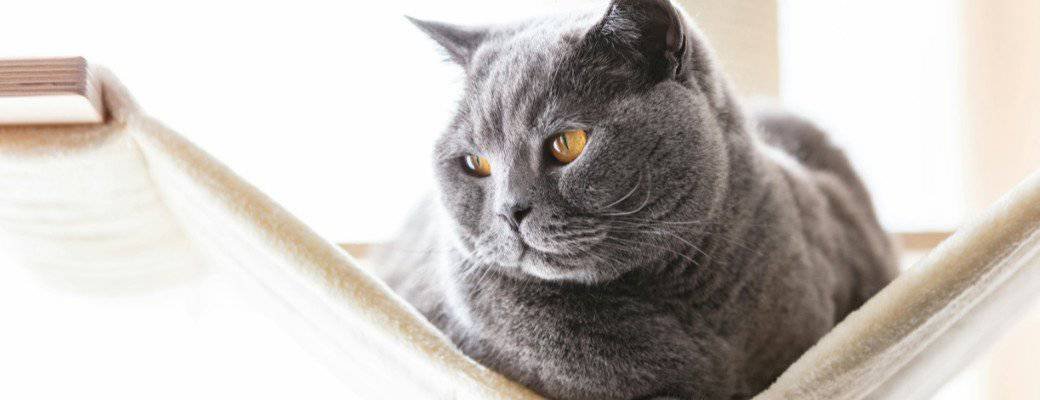British Shorthairs are famously calm, steady, and a little bit aloof. With their stocky builds and quiet ways, many people assume they are perfectly suited to indoor life... but is that really true?
As someone who lives with Rosie, my glorious black British Shorthair, and as a feline behaviourist and judge, I can tell you this: while British Shorthairs can thrive indoors, it takes thought, effort, and an understanding of what makes them tick.
Let’s take a closer look.
Are British Shorthairs Naturally Indoor Cats?
The British Shorthair temperament lends itself well to indoor living. They’re not known for being hyperactive climbers or adrenaline-fuelled explorers like, say, Abyssinians or Orientals. Instead, they prefer a steady routine, a warm patch of sunshine, and a good vantage point to watch the world go by.
Rosie, for example, is the queen of indoor lounging. She’ll spend an entire afternoon on the windowsill, quietly supervising the goings-on outside without ever showing the slightest interest in chasing a bird or scaling the garden fence.
However, "calm" doesn't mean "inactive" or "unstimulated." Even a laid-back British Shorthair needs proper mental and physical enrichment to stay happy and healthy indoors.
Benefits of Keeping a British Shorthair Inside
Keeping your British Shorthair indoors offers some clear advantages:
- Reduced risk of accidents (cars, theft, territorial fights)
- Lower risk of disease (like FIV and FeLV from other cats)
- Protection from parasites and injuries
- Better monitoring of diet and exercise
- Longer average lifespan
Given their value, laid-back nature, and stocky bodies, British Shorthairs do very well living safely inside, as long as their needs are met.



What British Shorthairs Need to Thrive Indoors
Although they’re not as high-energy as some breeds, British Shorthairs still need:
1. Environmental Enrichment
- Scratching posts (sturdy and low, given their build)
- Window perches to watch outdoor activity
- Vertical space like cat trees, if they enjoy climbing
- Safe hidey-holes for quiet time
Rosie loves her low, wide cat tree, which she uses as a launching pad to the windowsill. She’s not much of a climber, but she adores surveying her territory.
2. Play and Mental Stimulation
British Shorthairs enjoy short bursts of play rather than long, frenzied sessions.
- Feather wands
- Puzzle feeders
- Laser toys (used responsibly)
- Soft balls for gentle batting
I make a point of having two proper play sessions with Rosie each day. Even ten minutes can make all the difference to her mood and energy levels.
3. Routine and Predictability
British Shorthairs love structure. Meals, playtimes, and grooming sessions should happen at roughly the same times each day. Rosie, for instance, expects her morning brush before I even have my first cuppa. Break the routine, and you get the Look of Disapproval.
4. Social Interaction
While independent, BSHs enjoy company. They may not want to sit on your lap, but they like being nearby. If you work long hours, consider a second pet for company, or at least provide background stimulation like a window view or cat TV on YouTube.



Can British Shorthairs Ever Go Outside Safely?
Yes, but with precautions:
- Catios (enclosed outdoor patios) are brilliant for safe fresh air
- Harness training is possible, but many BSHs resist it
- Supervised garden time is an option for secure, escape-proof gardens
Rosie has access to a fully enclosed garden, but honestly, she’s just as happy watching the bees from the conservatory.
Common Mistakes When Keeping a British Shorthair Indoor Cat
- Not providing enough stimulation: Leads to boredom, obesity, and behavioural issues.
- Leaving windows or balconies unsecured: British Shorthairs are solid, but they can still fall.
- Assuming calm equals lazy: They still need exercise and mental engagement to stay healthy.
A bored British Shorthair may turn into a furniture scratcher, an overeater, or an expert at knocking things off tables out of pure irritation.
faqS About Indoor BritisH Shorthairs
Yes, with proper enrichment, play, and companionship, they can live very content indoor lives.
Not at all, if their needs are met. Indoor life can protect them from many dangers and extend their lifespan.
Short daily play sessions (10–15 minutes) plus space to roam, climb, and scratch are usually enough.
Some British Shorthairs will accept a harness, especially if started young, but many dislike the restriction.
If you have the space and resources, catios are fantastic for safe outdoor enrichment without the risks of free roaming.
Final Thoughts: Can British Shorthairs be Happy Indoors?
British Shorthairs are one of the best breeds for indoor living... but like all cats, they need stimulation, attention, and respect for their individual personalities.
Rosie is a true homebody. Give her a comfy chair, a window view, and the occasional toy to swat, and she’s perfectly happy without ever stepping outside. That quiet, steady contentment is what makes British Shorthairs such wonderful indoor companions.
If you’re ready to offer a structured, engaging, and loving home, your British Shorthair will flourish indoors, and you’ll be rewarded with years of calm companionship and silent judgment from the windowsill.
